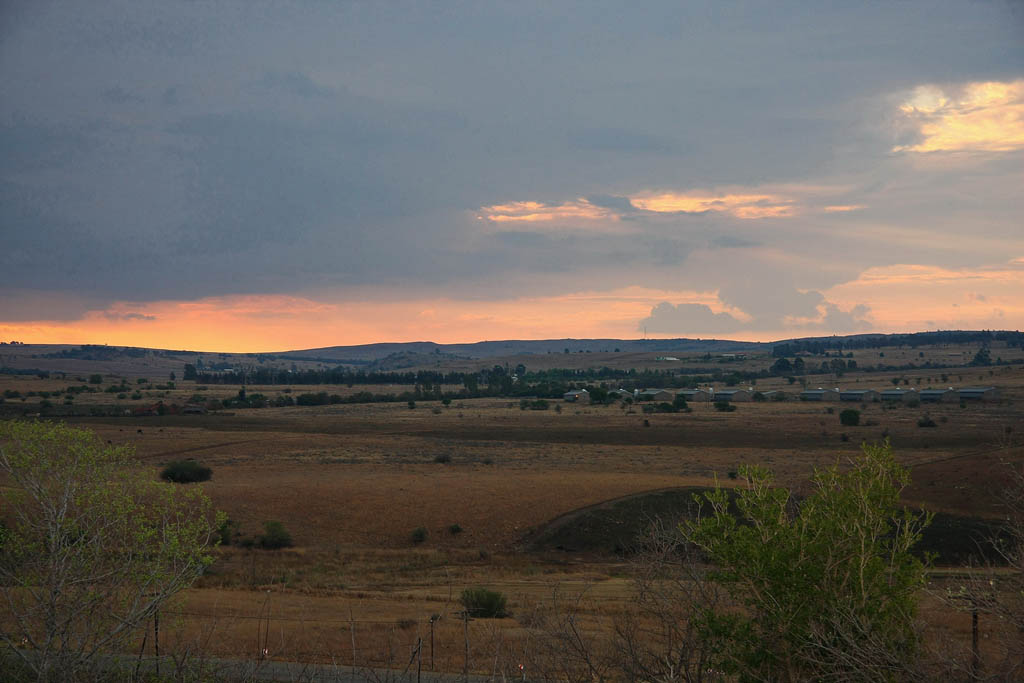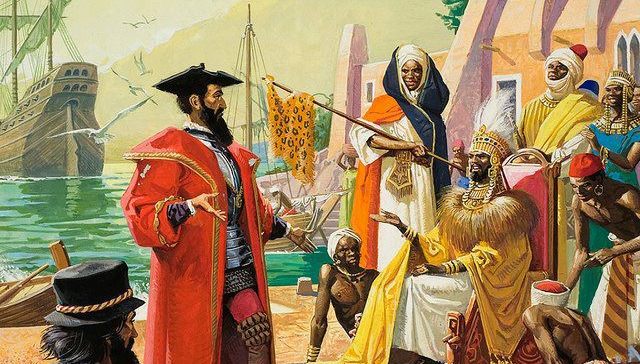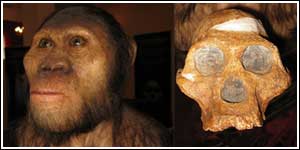
In the 1930s to 1940s, while he was looking into various limestone caves in South Africa, Robert came upon several fossils of adult “ape-men” specimens that resembled the Taung child Dart had discovered, which changed the minds of all skeptics.įurther research later concluded that predators like leopards had accumulated the bones found in South African caves. So, experts dismissed the fossil as just an old ape.īut one Paleontologist known as Robert Broom thought Dart’s discovery made sense, so he continued with his research. By then, fossils like the Piltdown Man implied that the early humans evolved with bigger brains before they could even walk upright. Moreover, the fossil was from the wrong continent, and it had many ape features to fit the early 20th-century view of human evolution. Nobody had any clue what the Taung child would look like as an adult. They then mocked him for mixing Latin and Greek when he invented the name “Australopithecus.” Most ridiculed Dart for rushing in and publishing without the consent of other experts. Experts in fossils didn’t approve of this discovery. He named it Australopithecus africanus (“Southern Ape of Africa”). Dart didn’t waste a single second and announced in early February of 1925 that he had discovered an extinct race of apes. In addition, the creature’s baby teeth indicated it was an infant (maybe 3 to 4 years).Įven though it resembled an ape, it lacked the special muzzle of a chimp or gorilla, and the foramen magnum indicated that the Taung child had an upright posture and walked on two legs. The shape and folds indicated it belonged to a human, probably an ancient being. Inside the box, he found something intriguing, the fossilized mold of a brain. In the fall of 1924, an anatomist known as Raymond Dart, who was fascinated by fossils, received two packages containing rocks blasted from a quarry near the town of Taung. In 1924, a fossil was discovered in South Africa, which changed many things. Even though the beings were pre-historic, they resembled humankind a lot.

There were various spots where fossils had been found Java man (now referred to as Homo Erectus) had been found in Indonesia, and Piltdown man (later uncovered as a hoax) had been discovered in England. According to them, humans evolved from Europe or Asia. So, Charles Darwin concluded by saying, “it is useless to speculate on that subject.”īy the early-20th-century, the world’s best and greatest anatomists thought they possessed the answer to the riddle. Nonetheless, he added that millions of years ago, a large and extinct ape once settled in Europe, living adequate time for our ancestors to relocate to Africa. In his book The Descent of Man, published in 1871, Charles Darwin speculated that there’s a high chance that Africa is the cradle of humankind because two of our closest relatives settle there – chimpanzees and gorillas. The theory that human beings originated from Africa can be traced back to Charles Darwin. The story involves an anatomist, and a baby attacked by an eagle and dropped inside a hole around three million years ago. It’s among the best stories in the history of paleoanthropology. But many don’t know how or why scientists came to that verdict. If there’s something we all know about the evolution of humankind, it is that it all began in Africa.


How Did Africa Become the Cradle of Humankind?

Most of the major fossil remains have been made in the Cradle of Humankind World Heritage Site. For quite a long time now, East Africa has been regarded as the origin of humankind and lithic technology because, up to date, not much was recorded about the first hominin occupation and the activities in North Africa. Hominids, our early ancestors, first appeared around seven million years ago here in Africa. Africa is referred to as the Cradle of Humankind because this is where humans originated from, although the name is applied more particularly to a region based in South Africa where several fossil remains of our ancestors were found.


 0 kommentar(er)
0 kommentar(er)
